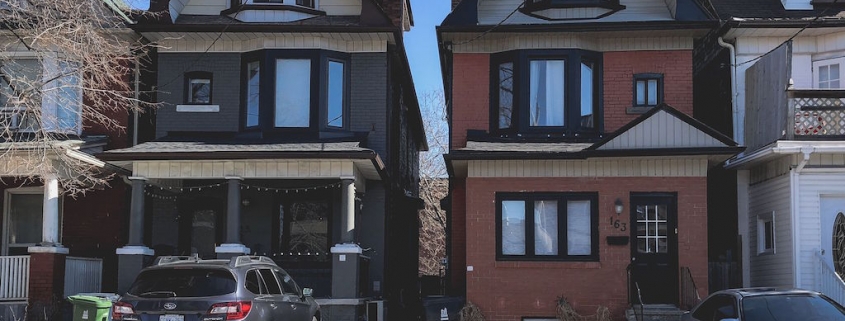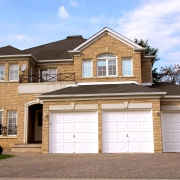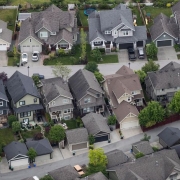Home sales collapsed as anticipated in April as unprecedented job losses, economic volatility and strict physical distancing measures sapped the momentum behind what should have been Toronto’s busiest home buying stretch of the year.
But as sales dropped 67 percent in April over the same time last year, home prices in the Toronto region still managed a 0.1 percent increase over April 2019.
While that modest increase is a significant deceleration in price growth achieved in previous months, market observers and industry members are hoping that a fall in home listings that roughly aligns with the decline in sales will keep prices from falling steeply during this turbulent period.
The April sales and pricing figures, released today by the Toronto Region Real Estate Board (TRREB), represent the first full month of data to showcase the disruptive impact of the COVID-19 pandemic on the region’s real estate market.
The precipitous drop in home buying activity was already evident in the second half of March as businesses shut down and social distancing measures were widely introduced. The decline in activity became more pronounced when TRREB published data for the first half of April that showed sales falling 69 percent over the same period a year ago. Unsurprisingly, this trend continued for the remainder of the month.
That said, there are still transactions happening across the Toronto region, as illustrated by the 2,975 properties that changed hands in April. In a media release published along with the data, TRREB noted that weekday sales were in a steady range throughout the month, averaging 130 a day.
Following sales on their march downward in April were new listings, which fell 64.1 percent over the previous year to 6,174. This was heralded as a positive development by TRREB, with the board’s Chief Market Analyst Jason Mercer noting that the number of available listings lined up with market demand to keep prices steady.
“When thinking about home prices, it is important to remember that the pace of price growth is dictated by the relationship between sales and listings,” said Mercer.
“So, while the onset of COVID-19 has understandably shifted market conditions and resulted in average selling prices coming off their March peak, there has continued to be enough active buyers relative to available listings to keep prices in line with last year’s levels,” he continued.
Diving deeper into the pricing data, it was sale prices achieved in the 905 area of the region that kept price growth from turning negative last month. The average sale price in the City of Toronto (known as the 416) was $881,424, down from $904,199 in April 2019. In the 905, the average sale price rose to $789,317, up from $773,736 in the previous year.
When it comes to property types, it was prices in the semi-detached and townhome segments that drove growth in April. Average sale prices in these segments rose 7 percent and 3.8 percent, respectively. The average sale price for detached homes in the region dropped 3.5 percent while condo apartments saw a 1.7 percent price drop.









 Maziar Moini, Broker of Record - Home Leader Realty Inc.
300 Richmond St. W., #300, Toronto, ON M5V-1X2
Maziar Moini, Broker of Record - Home Leader Realty Inc.
300 Richmond St. W., #300, Toronto, ON M5V-1X2



